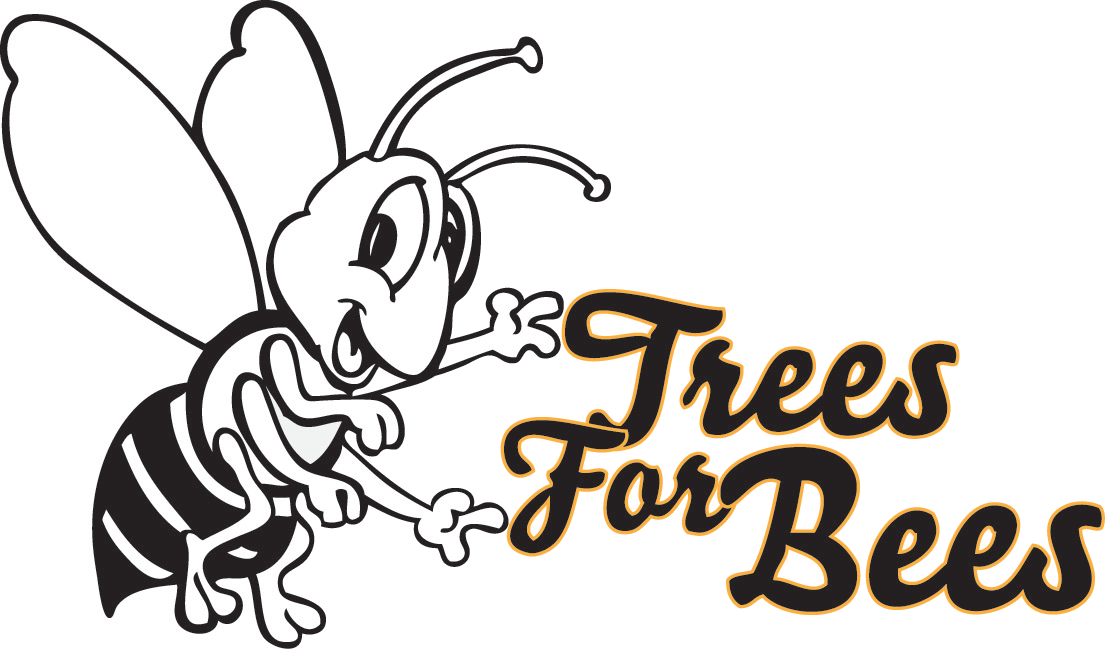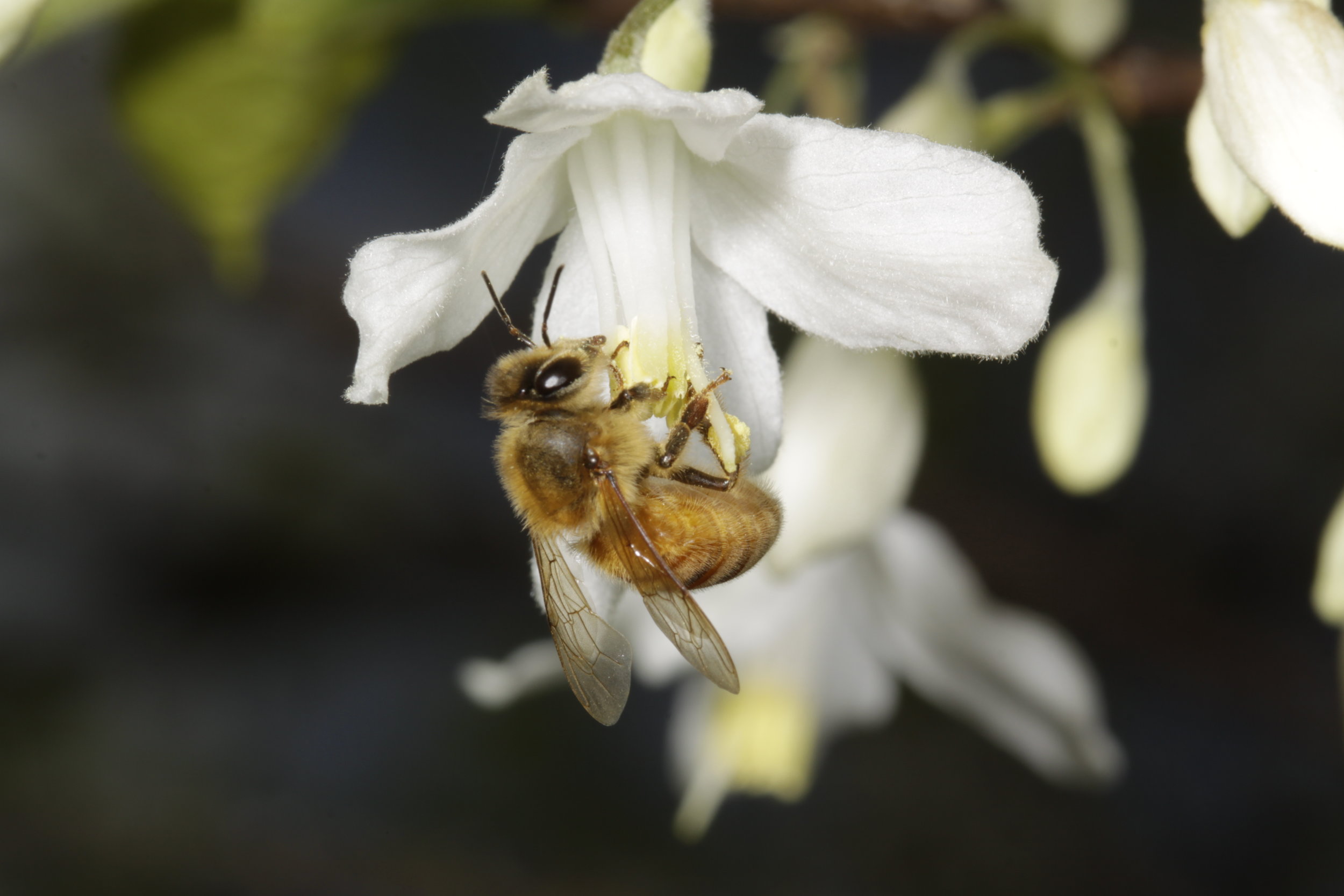Research
Project #1:
Farmers’ Trees for Bees
In November 2009, Federated Farmers launched the ‘Trees for Bees NZ’ campaign to ensure that honey bees have the opportunity to gather sufficient pollen and nectar, providing the vitamins and minerals required to maintain optimum hive strength and a viable pollinating bee force.
Project #2:
Flowers for Healthy Bees in times of Pollen Dearth
The availability of pollen for honey bees has decreased with modern farming practices because of the removal of traditional flowering trees and shrubs on farms. Replacement pollen needs to be found urgently to ensure crop and pasture pollination.
Project #3:
Gardeners’ Trees for Bees
One mouthful in three and nearly ¾ of the diversity of our daily food is directly attributed to bee pollination. Billions of dollars in NZ export earnings depend on bee pollination. And so do many plants in your garden.
Project #4:
Producing Abundant Bee Pollinators for Sustainable Farming
This project aims to increase the number of strong, healthy honey bees to ensure pollination services for agricultural crops. In many areas, pollen and nectar sources are being removed leading to poor nutrition for bees.
Project #5:
Strategic Plantations for Pollination and Honey Harvesting
This project aims to solve emerging problems that are now threatening honey bee colonies, particularly the current intense competition for wintering sites that provide autumn and spring bee forage. Greater demand for pollination services and honey harvesting, particularly for mānuka honey, has exacerbated the situation.
Project #6:
Building Bee Capacity for Sustainable Rural Growth
This project will enable Trees for Bees to scale up active and widespread planting of bee forage and help to make establishment of bee forage plants a frequent and common practice throughout New Zealand.






